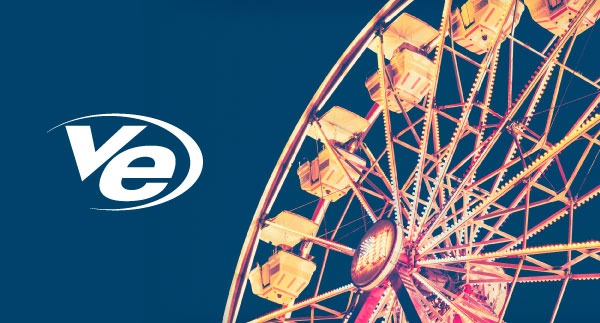
As the summer months approach, communities are beginning to announce the details for holiday parades and local fairs. After 2020 when most such events were cancelled, you can bet families will pour into these this year in an eager attempt to get back to normal.
We sat down with VE consultant Brett Dinkins to discuss why it is important for campaigns and candidates to participate in parades and fairs, and whether they are still relevant at a time where digital interaction is replacing traditional in-person events.
Why should candidates and their campaigns participate in parades and fairs?
Dinkins: Parades and fairs represent an opportunity for candidates to engage with a ton of voters all at once. Door-to-door outreach is essential to a candidate’s success, but seizing opportunities to efficiently meet voters gathered in one place is just as vital.
The free exposure a candidate receives at an event cannot be understated, and constituents like to see their elected officials and candidates in action and interacting with the public. Retail politics will always matter.
With so many ways to reach people, are parades and fairs still relevant?
Dinkins: For many rural communities fairs and parades represent tradition, community pride and a big economic boom for a town. Not only is attending great exposure, but not attending can be seen as a snub and damage a candidate’s reputation with their local leaders and voters. If a candidate won’t show up for the community, why should the community be expected to show up for the candidate on Election Day?
Touching again on retail politics, it’s one thing for voters to see a candidate in the news, on tv or in a mailer, but nothing beats a hand shake and face-to-face interaction. There is no better way for a candidate to gain more in-person interaction at one time than at a parade or fair.
Next week, Brett is back to discuss how candidates and campaigns should do parades and fairs most efficiently and effectively.
